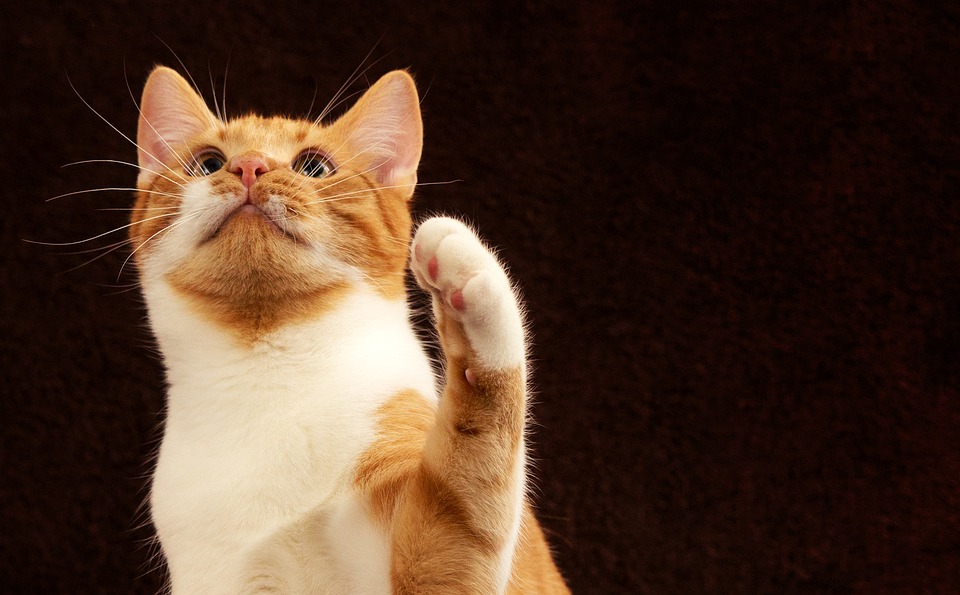Cats, known for their aloof and independent nature, often hide their pain and discomfort. As a responsible cat owner, it is crucial to be vigilant and observant when it comes to your feline’s health. Corneal ulcers, although commonly overlooked, can cause significant discomfort and even lead to permanent eye damage if left untreated. This article aims to help you spot the signs of corneal ulcers in cats and understand the treatment options available.
Understanding Corneal Ulcers in Cats
Corneal ulcers refer to open sores that develop on the cornea, the transparent outer layer of the eye. These ulcers can be caused by various factors, including trauma, foreign objects in the eye, infections, or underlying health conditions. Corneal ulcers are painful and require prompt attention to prevent complications.
Spotting the Signs of Corneal Ulcers
1. Excessive Blinking and Squinting: Cats with corneal ulcers often show increased blinking and squinting as a way to protect their injured eye from further irritation.
2. Redness and Swelling: If you notice redness or swelling around your cat’s eye, it may indicate the presence of a corneal ulcer. The blood vessels around the eye may become more prominent.
3. Cloudiness or Discoloration: A cloudy or discolored appearance on the cornea is a visible indication of an ulcer. It may appear as a white or gray spot on the eye’s surface.
4. Tearing and Discharge: Corneal ulcers can cause excessive tearing and discharge from the affected eye. The discharge may be clear or pus-like, indicating an infection.
5. Rubbing or Pawing at the Eye: Cats in pain may repeatedly rub or paw at their affected eye in an attempt to alleviate discomfort.
Treating Corneal Ulcers in Cats
1. Seek Veterinary Care: If you suspect your cat has a corneal ulcer, it is essential to seek veterinary care immediately. A veterinarian will conduct a thorough examination to confirm the diagnosis and determine the appropriate treatment plan.
2. Medication and Eye Drops: Treatment typically involves administering eye drops or ointments containing antibiotics, pain relievers, and anti-inflammatory medications. These medications help prevent infection, reduce inflammation, and alleviate pain.
3. Elizabethan Collar: To prevent further self-inflicted injury, your veterinarian may recommend placing an Elizabethan collar, or cone, around your cat’s neck. This will prevent your cat from rubbing or scratching their eye while it heals.
4. Additional Measures: In severe cases or when underlying conditions are present, additional treatments such as surgery or specialized therapies may be required. Your veterinarian will provide the best course of action based on your cat’s specific needs.
FAQs about Corneal Ulcers in Cats
Q: Can corneal ulcers be prevented?
A: While it may not be possible to prevent all corneal ulcers, you can take certain precautions to minimize the risk. Keep your cat’s environment free of sharp objects, regularly trim their nails, and avoid exposing them to potential eye irritants.
Q: Can corneal ulcers heal on their own?
A: Corneal ulcers rarely heal on their own and often require veterinary intervention. Prompt treatment is necessary to prevent complications and promote healing.
Q: Are corneal ulcers painful for cats?
A: Yes, corneal ulcers are painful for cats. Increased blinking, squinting, and rubbing of the eye are signs of discomfort.
Q: Can corneal ulcers cause permanent eye damage?
A: If left untreated, corneal ulcers can lead to permanent eye damage, including scarring and vision loss. Seeking veterinary care promptly is crucial to prevent long-term complications.
Conclusion
Being aware of the signs of corneal ulcers in cats and seeking veterinary care promptly is vital to ensure your feline friend’s eye health. By understanding the symptoms and treatment options, you can provide the necessary care and help your cat recover from this painful condition. Remember, your veterinarian is the best resource for guidance and treatment tailored to your cat’s individual needs.








